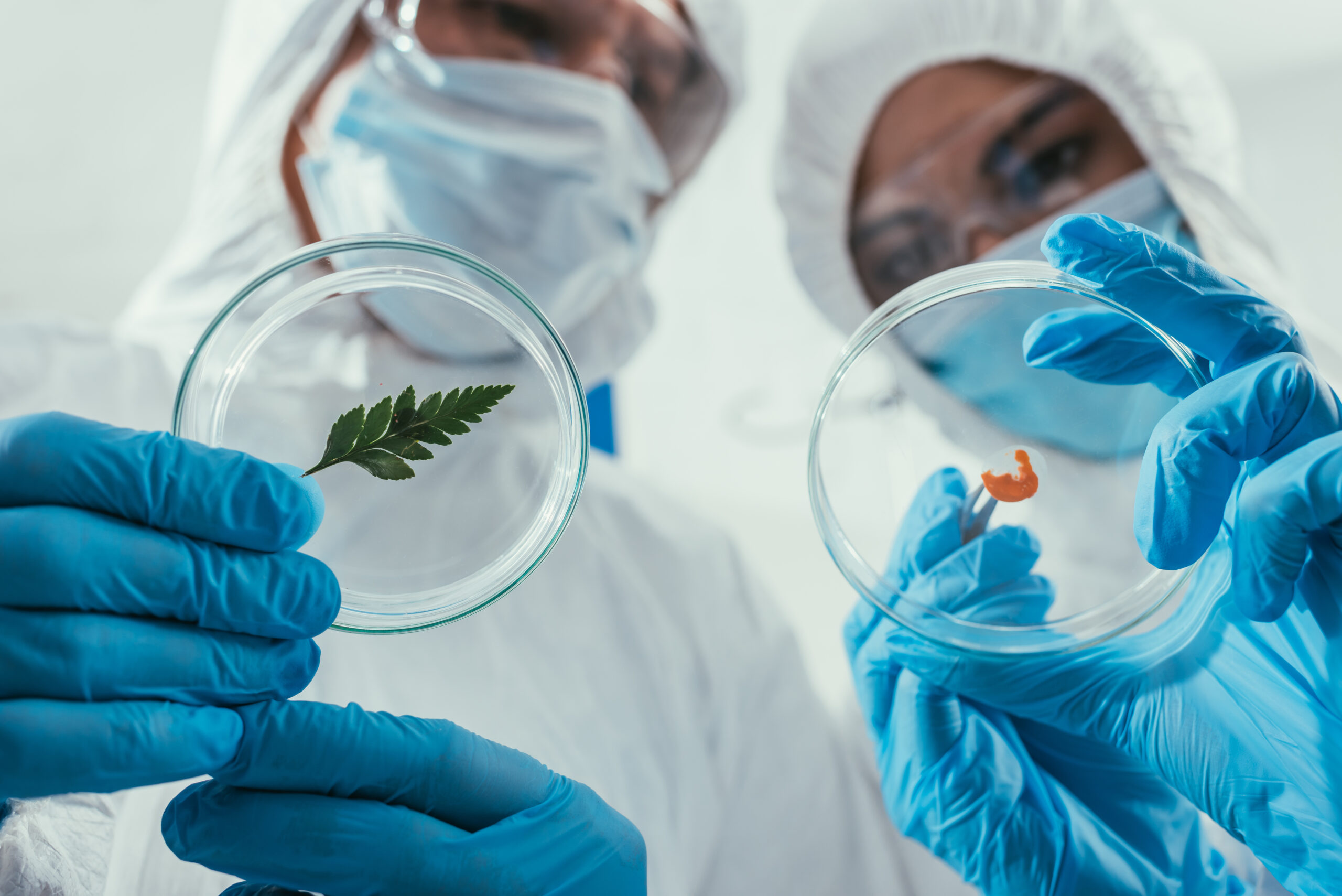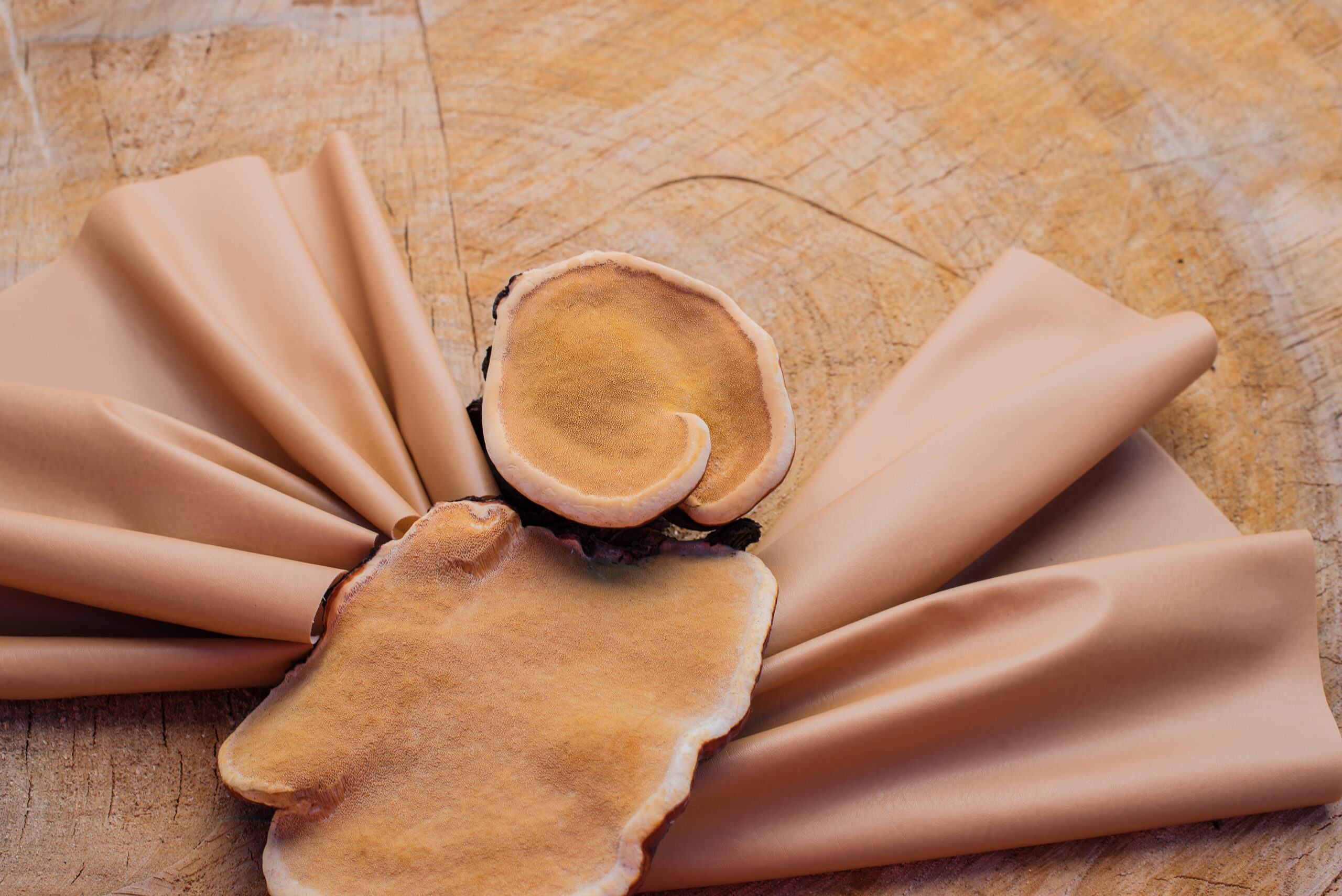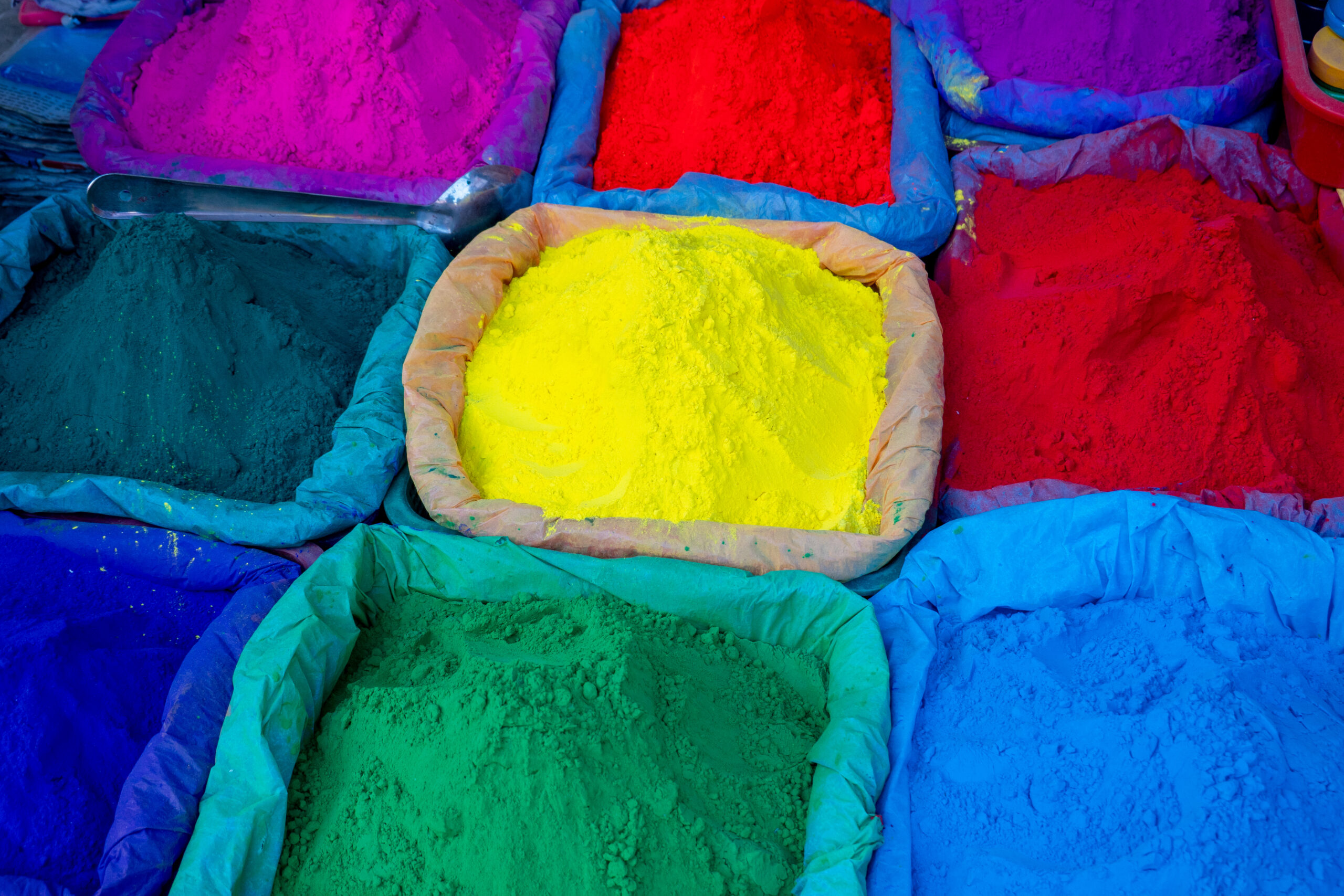The clothes on our backs are no longer a simple fashion statement. Nowadays, we are concerned about ethics, and sustainability has become a major buying factor. We’re not just asking who made our clothes, but what they’re made from. Leather vs. pleather, wool vs. acrylic, rayon vs. silk – for the eco-conscious shopper, every choice comes with a tangled web of environmental and ethical considerations.
The fashion world is buzzing about new bio-based materials. These materials boast the potential to reduce emissions, utilise recycled waste, and push the boundaries of textile design. They might be the key to a more sustainable fashion industry.
Fashion Secret Weapon: Can Biotech Weave a Sustainable Future?
Biotechnology encompasses the utilisation of living organisms and their derivatives to generate beneficial products for human use. Its applications are widespread, from life-saving medications such as insulin to fundamental components of beloved foods like cheese and bread. Presently, biotechnology is extending its reach into the realm of fashion through the concept of bio-inspired design.
Although the term “bio-inspired design” may evoke images of futuristic laboratories akin to those in Star Trek, its essence is straightforward as it involves drawing inspiration from nature to devise solutions to various challenges.

The first biosynthetic materials emerged in the late 19th century. Although today’s closets are predominantly filled with fossil fuel plastics, which comprise 60% of our wardrobes, the early 20th century witnessed significant advancements in bio-based materials. These included innovations like Rilsan, derived from fats and proteins, and Merinova, based on proteins.
Starting from the 1930s, materials derived from fossil fuels experienced rapid development and solidified their position as staples in the fashion industry. Renowned for their versatility and durability, they garnered widespread popularity among consumers and designers. However, as awareness of the adverse environmental effects of these fossil-fuel-derived materials grows, scientists and designers have shifted their focus toward developing the next wave of textile materials. This transition marks the onset of a new era in fashion.
Mycelium Leather: A Sustainable Alternative to Animal Skin
Leather is one of the most debated materials in the fashion industry. As a third of consumers deem leather unsuitable for clothing, growing ethical and sustainability apprehensions regarding the farming and hunting of animals are driving individuals toward animal-free substitutes.
Considering the consumer demand for such alternatives, it’s unsurprising that mushroom leather has garnered significant attention from designers and fashion enthusiasts. Renowned for its durability, strength, rapid production, and minimal carbon footprint, mushroom leather is increasingly establishing itself as a cornerstone of the fashion sector.
The mushrooms we commonly observe growing above ground are merely one component of the organism. Beneath the surface lies a network of interconnecting strands known as hyphae, resembling root-like structures. These hyphae are highly durable and can be cultivated into flat sheets within containers. Scientists have capitalised on this capability by identifying mushrooms that can develop into a material resembling animal leather.

Once scientists have chosen their preferred mushroom species, producing mycelium leather follows a relatively straightforward path. Initially, sterilised mushroom spores are placed in trays containing a substrate, typically sourced from waste materials generated by industries such as agriculture. Under controlled conditions, the mushrooms can grow, spreading rapidly across their container, forming mat-like structures. The duration of growth varies depending on the specific strain of mushroom selected, but in most cases, the mushrooms are ready for harvest within a few weeks.
Following harvesting, the mycelium undergoes cutting using traditional leather-making methods before being subjected to drying. Heat and pressure eliminate moisture from the mushrooms, resulting in a robust material that can be processed further through techniques like cutting, dyeing, embossing, and stitching, akin to animal-derived leather.
Thanks to its striking resemblance to leather crafted from animal hides, mycelium leather has various applications, from crafting jackets to fashioning bags. It is available in a spectrum of colours and has the potential to develop a patina akin to animal-derived leather. Additionally, mycelium leather offers distinctive benefits, including biodegradability and a carbon-neutral growing process.
Unsurprisingly, key players like Mylo, MycoWorks, and Bolt Threads have achieved remarkable success, with their innovative mycelium leather gaining widespread recognition. These companies have even secured placements in the collections of prestigious luxury brands like Hermes and Stella McCartney, attesting to mycelium leather’s growing acceptance and adoption in the fashion industry.
Cellulose Revolution: Biotech Materials Overthrowing Polyester and Nylon
While fossil fuel-based synthetic fabrics have long dominated our wardrobes, recent research suggests a shift towards fabrics derived from renewable biological sources. This trend revitalizes our wardrobes and contributes to keeping fossil fuels underground.
Researchers at HeiQ have unveilled a groundbreaking method to transform cellulose into wearable fibres, rivalling the performance attributes of the widely beloved (and often criticised) polyester. As the most prevalent polymer on Earth, cellulose is omnipresent in numerous everyday products, ranging from fruits and vegetables to cigarettes and ice cream.

Despite its abundance and potential applications in various industries, including fashion, the mismanagement of cellulose-based waste leads to significant environmental harm.
Reducing Dye Waste: Harnessing Bacterial Pigments
Garments need full expression with colour. Ranging from lively reds to muted blues, colour constitutes an essential aspect of our attire. The capacity to infuse colour into our clothing holds significance for our creative expression. It serves as a pivotal tool for designers to convey social messages through fashion.
About sustainability, the dyes utilised in clothing production pose numerous challenges, including water and soil pollution and adverse effects on human and animal well-being. However, biotechnologists have devised a solution to circumvent these problems by harnessing microorganisms from bacteria to algae. Compounds essential for microbial survival, such as yellow carotenoids and red phycobiliproteins, also exhibit compatibility with our wardrobes, offering promising alternatives to traditional dyes.
In contrast to conventional industry dyes, biotech dyes offer significant advantages by reducing wastewater and eliminating the production of toxic wastes, thus facilitating safer and simpler disposal after the dyeing process. Moreover, scientists can cultivate these pigments inexpensively by utilising cost-effective, industry-standard model organisms as biological factories.

Colorfix is a pioneering company leveraging bio-engineered microbes to craft customised dyes for fashion brands. The process begins with identifying a colour source within an organism and then pinpointing the associated DNA sequence responsible for pigment production.
Subsequently, scientists engineer a microorganism to synthesise this dye, cultivate it within a reactor, and extract the resulting pigment for application in fabric. Like conventional dyes, designers can seamlessly immerse their clothing in the isolated pigment to imbue their garments with vibrant hues.
Lastly, although biotech materials aren’t a cure-all solution for the fashion industry and present their distinct challenges, they possess the potential to bolster a circular economy and alleviate the adverse environmental effects of fashion. In the future, biotech could dominate the fashion landscape.


